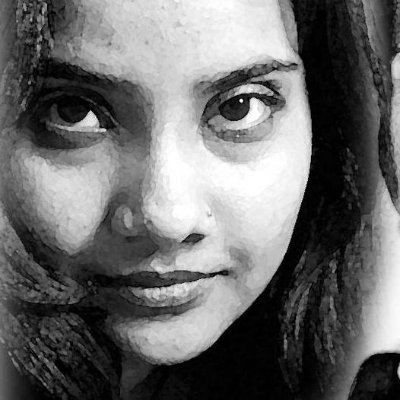
From July 16 to August 3, 2025, Gerrard Art Space (GAS Inc.) in Toronto hosted Map of Misfortune, a solo exhibition by Bangladeshi artist Asma Sultana Meeta. This interdisciplinary installation, spanning works created between 2012 and 2025, wove a powerful narrative of mourning and resistance. Map of Misfortune stands as a clarion call—a defiant act of love and memory. Through her art, Sultana honours the three million souls lost in 1971 while vowing to preserve Bangladesh’s luminous heart. The exhibition, with its unyielding hope, challenges viewers to confront the darkness threatening freedom and to join in the fight to reclaim it.
Through a rich tapestry of photography, mixed media, textiles, video, digital art, sculptures, and drawings, Sultana crafted an elegiac reflection on her homeland’s sociopolitical struggles, rooted in the legacy of the 1971 Liberation War.
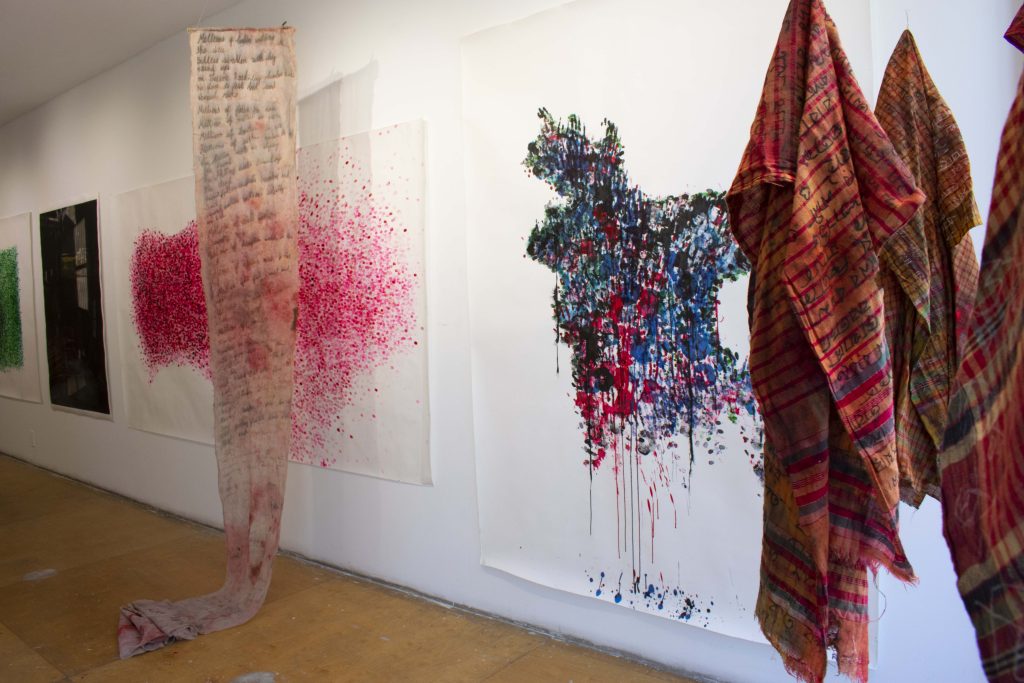
Sultana, a South Asian diasporic artist based in Toronto, channels her Bangladeshi heritage into a visceral exploration of identity, memory, and resilience. Her work confronts the “malevolent political currents” and “resurgent religious fundamentalism” threatening Bangladesh’s hard-won independence.
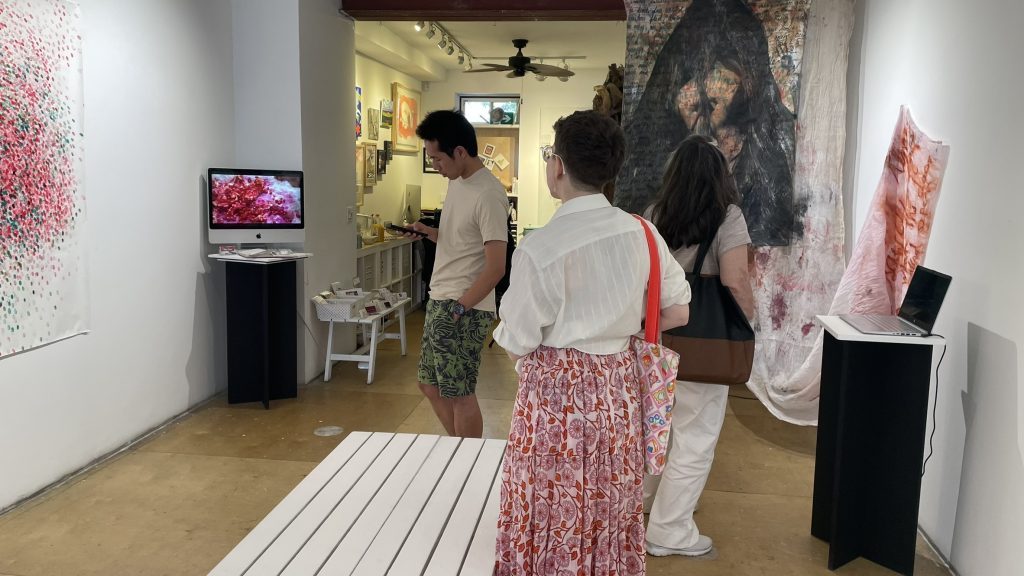
Drawing inspiration from the 1971 war, which claimed three million lives and galvanised global support through voices like George Harrison, Sultana’s exhibition serves as both a remembrance of that sacrifice and a protest against the creeping authoritarianism that endangers her homeland’s spirit.
Awami League concerned over Pakistanization of Bangladesh under Yunus regime
1971: Pakistan’s guilt will not go away
The red and green of Bangladesh’s flag, radiant symbols of freedom, flicker in her art as beacons of hope amid despair.
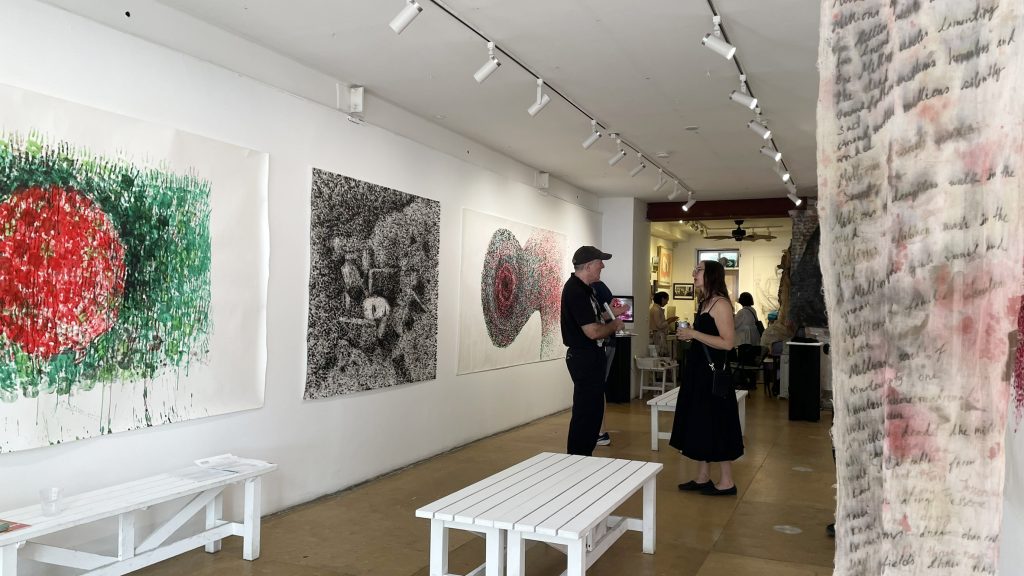
The exhibition’s emotional core is amplified by the words of Bengali poet Jibanananda Das, whose verse— “A strange darkness has descended upon this earth today”—haunts the installation. Sultana uses this lament to frame Bangladesh’s current state: a young nation trapped in “identity paralysis,” caught in a cycle of sociopolitical missteps where fundamental rights remain elusive.

Her work critiques the global indifference to what she calls “religious colonialism,” a force that threatens to unravel the cultural and political fabric of the Global South’s vibrant history.
Sultana’s interdisciplinary approach is both innovative and deeply personal. Known for using her hair and thumbprints as mediums, she investigates her identity within the frameworks of time and space. In *Map of Misfortune*, these autobiographical elements merge with photographs capturing Bangladesh’s landscapes and struggles, sculptures assembled from found objects, and textiles that evoke the tactile weight of cultural memory. Video and digital art installations further immerse viewers in the tension between resilience and loss, creating a “poignant symphony” that resonates with both defiance and sorrow.
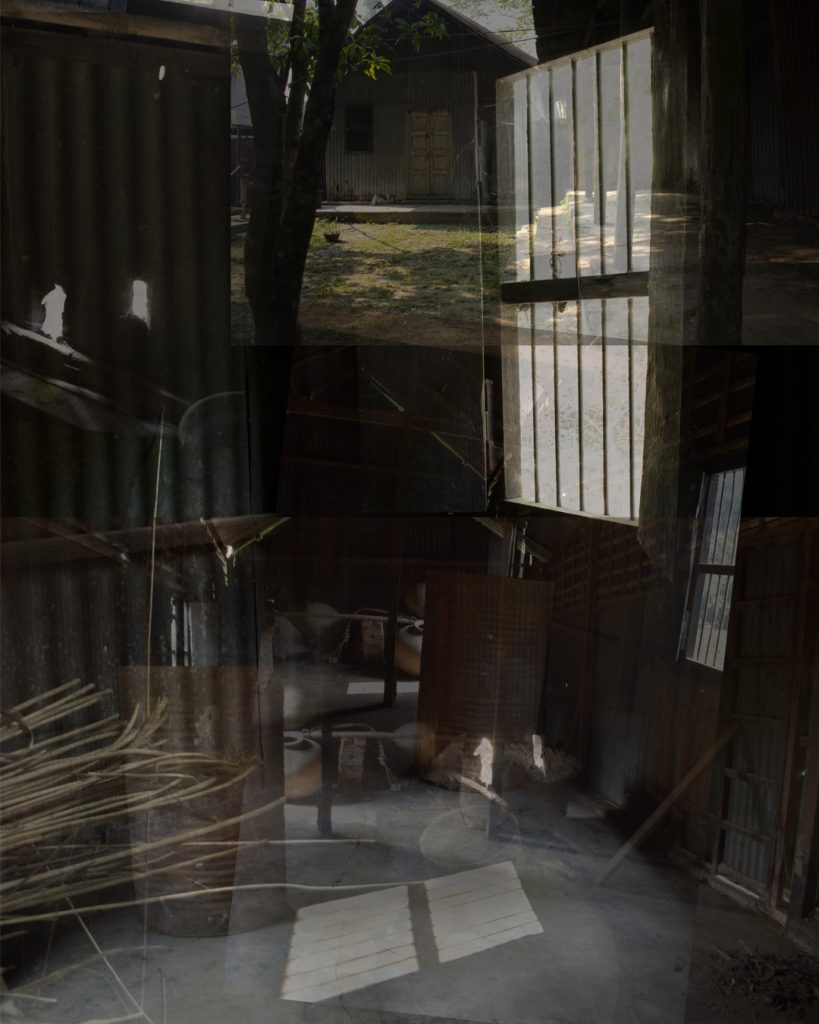
As an MFA candidate at York University, trained in Fine Arts and Art History across Bangladesh, England, and Canada, Sultana brings a global perspective to her practice. Her work has been featured in numerous solo and group exhibitions worldwide, earning recognition in print and digital media and finding a place in private collections. At GAS Inc., her ability to harmonise diverse media into a cohesive narrative left a lasting impression on visitors, who were invited to reflect on the fragility of democracy and the enduring power of art as resistance.
For more information on Asma Sultana’s work, visit her portfolio here and GAS Inc.’s archives.